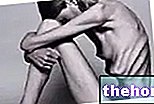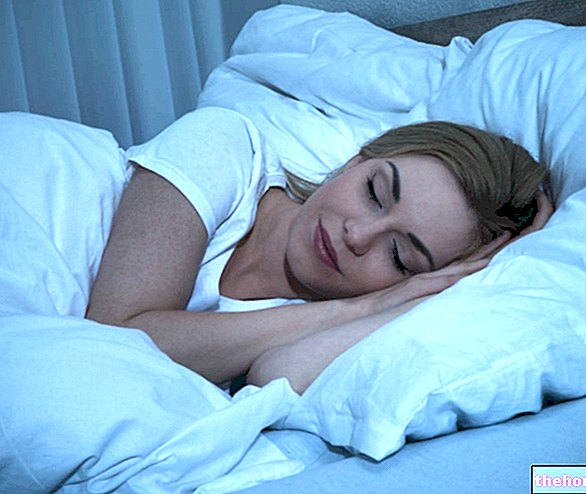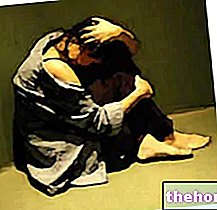Who Strikes
It has a prevalence of 2-3%; in adolescence, males are more affected while in adulthood there are no significant differences between the two sexes. The onset occurs on average around 20 years and is often sudden, but it is also common for these subjects to come to the specialist a few years after the clinical picture has manifested itself. In a fair number of cases (about 60%) the symptoms begin later a stressful event.
How it manifests itself
Obsessive Compulsive Disorder is characterized by obsessions, that is, ideas, thoughts, impulses or images, recurrent or persistent, which are often felt as intrusive and inappropriate, and which besiege the mind causing anxiety and distress.
The subject is more or less aware that they are products of his own mind and tries to ignore them, or to suppress them, or to neutralize them with other thoughts or actions, but he can not, if not by implementing compulsions, that is, acts, which they are repetitive behaviors or mental actions that he cannot fail to do and that have the purpose of reducing anxiety or discomfort or preventing feared events or situations. If they are not carried out, in fact, the anxiety worsens. The person is therefore forced to repeat the compulsive act that reduces anxiety, but establishes the vicious circle: obsession-anxiety-compulsion.
The compulsion, for a short time reduces the anxiety, but then ends up enslaving the patient. He realizes that the obsessions and compulsions are unreasonable (awareness), tries to resist them (resistance) but suffers; the obsessions come back repeatedly (repetitiveness), enter the thought (intrusiveness or parasitism of thought), and activate an attempt at response and control (defense psychism), which is precisely the compulsion. In this sense, obsessive-compulsive disorder is also called "reasoning madness ".
For further information: Obsessive Compulsive Disorder Symptoms
Common obsessions
Between obsessions most common we can find:
- that of dirty, that is the idea that one's hands or some objects are dirty or contaminated, despite several washes;
- that of contamination, that is, that one becomes infected by shaking a hand or touching objects;
- the doubt of having left a door or the car open, not having turned off the gas, or not having done a task well, despite having already checked several times;
- the need to have things in a precise manner order, with marked discomfort if they are moved or are not perfectly symmetrical or are messed up;
- the idea of to lose control, take up a knife or a "weapon and attack a family member or a person;
- Images blasphemous or obscene.
Compulsions
The compulsions most common are:
- actions physical: wash hands, tidy up, check objects;
- actions mental: counting, repeating words or formulas, praying.
Common Treatment
The treatment of obsessive-complusive disorder usually encounters many difficulties, because a good number of affected patients do not collaborate in the proposed therapy programs. The most promising results appear to be those offered by combining psychotherapy with antidepressant drug therapy.
Other articles on "Obsessive Compulsive Disorder - OCD"
- Phobias
- Anxiety
- Anxiety: normality or pathology
- Panic disorder and / or agoraphobia
- Post-traumatic stress disorder and acute stress disorder
- Anxiety Disorders
- Anxiety - Medicines to Treat Anxiety
- Anxiety - Herbal Medicine




























